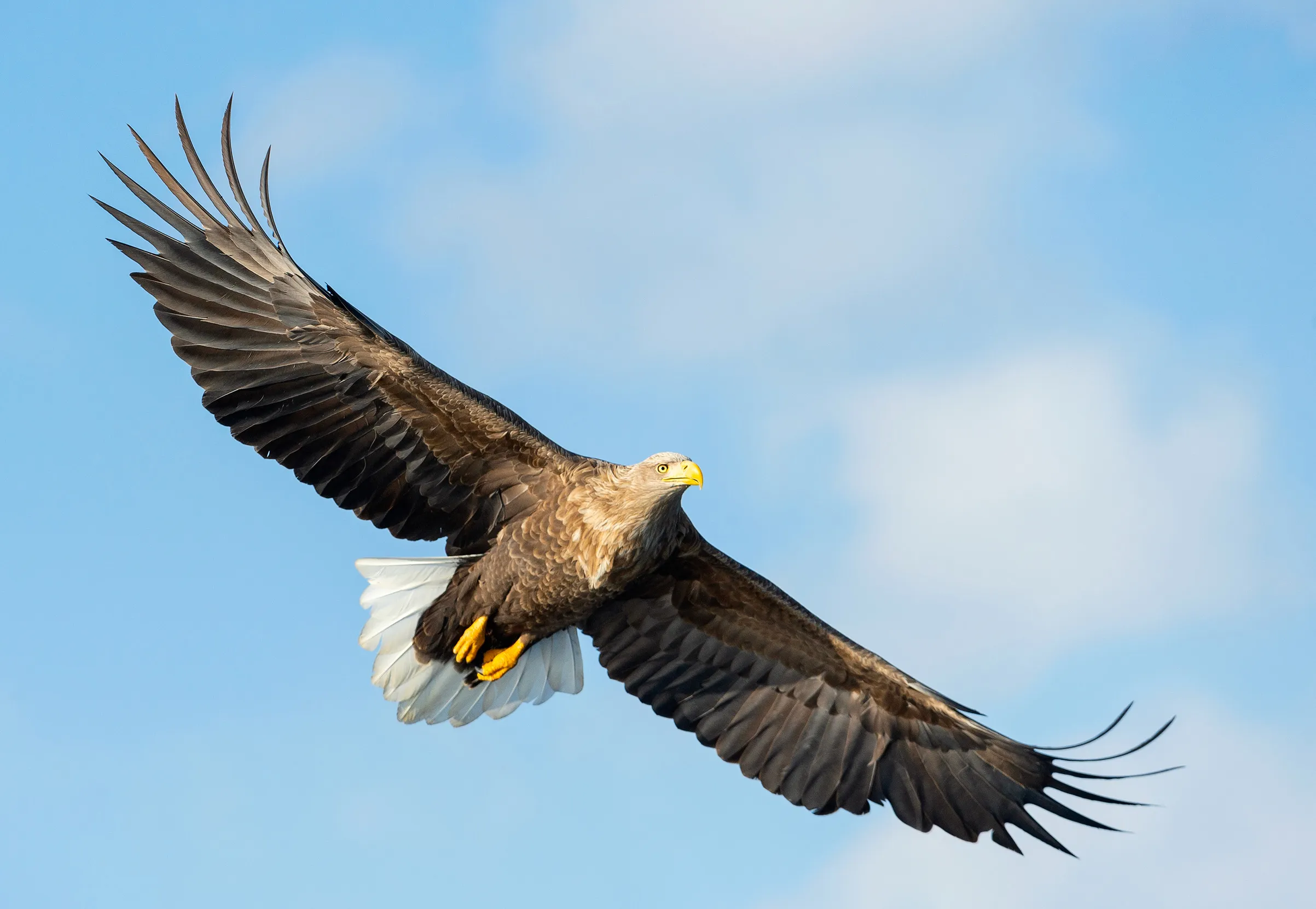Protecting Species Under Threat
We’ve been fighting to protect endangered species since 1889. Species under threat & the issues facing them may differ, but the need to help wildlife is urgent.
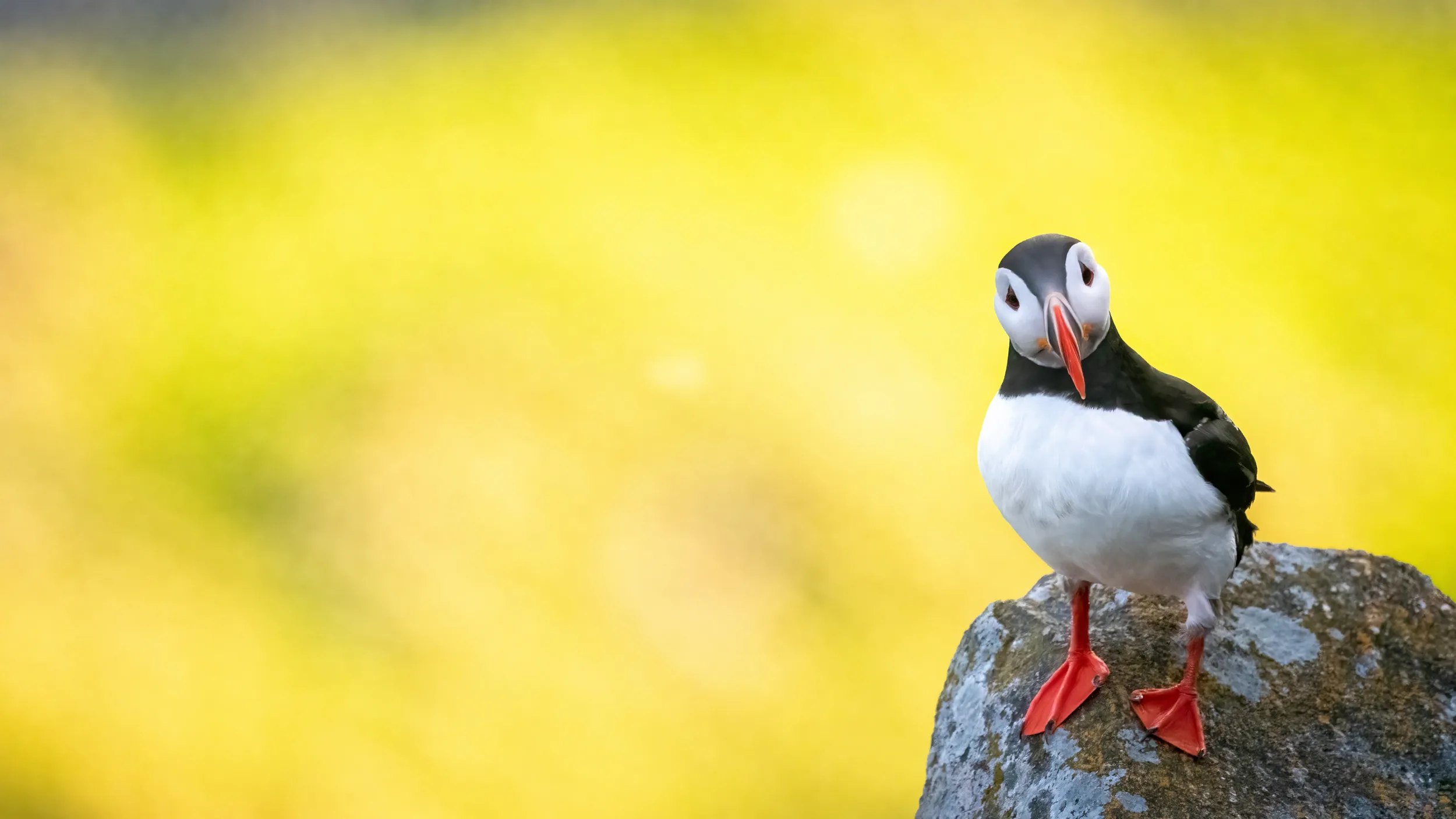
On this page
Protecting species under threat
Since 1889, we’ve been fighting to protect endangered species. The species under threat and the issues facing them may be different, but the need to help wildlife remains urgent. In fact, as the nature and climate crises intensify, securing a future for vulnerable species is now critical.
So how do we help species recover? There are lots of different options in the conservation toolbox. The combination we use depends on the species in question, the threats they face, the habitats they use and their locations.
Our conservation techniques and tools
Here's an overview of the conservation techniques we use:
-
Science – scientific research informs our conservation decisions.
-
Direct intervention – targeted action to rapidly support at-risk species.
-
Nature reserve acquisition and management – owning and managing nature reserves allows us to manage sites for wide range of habitats and species.
-
Site protection – legal protection ensures that important sites are protected for threatened species.
-
Policy and advocacy – communicating with policy and decision-makers is an essential part of our work.
-
Species protection – we work to protect species from illegal persecution and disturbance.
-
Restoring natural landscapes – in some situations, restoring whole landscapes is the best way to help species.
-
Conservation management advice – we share our expertise in species and conservation management with groups including land managers, businesses and communities to help others help species under threat.
.16191800995453202563.jpg)
How does the RSPB choose which species to help?
Prioritising which species to help is key. We want to support as many species as possible with the resources we have. To ensure that we make the biggest difference for nature, we use a set of criteria to determine our priority species. First, we look at the conservation status of species using scientifically rigorous assessments such as Birds of Conservation Concern in the UK and the IUCN Red List.
These considerations help us to identify the species that need attention. Our first aim is to halt and reverse population declines and thereby increase the abundance of threatened species. We also aim to halt and reverse range contractions (when a species is found in fewer places) where possible, to increase the ability of wildlife species populations to recover from the threats they face.
We also consider factors such as:
- What would happen if we didn’t take action?
- Who else is well-placed to act?
- How much is recovery likely to cost?
- Can the species act as a ‘flagship’ whereby action for one species will have broader benefits?
The criteria above help us to identify which species we must help, but there's no hard and fast rule. Taking all factors into consideration, we’ve chosen to focus on 100 species or groups of species in the UK and globally.
.jpg)
Taking species on a journey to recovery
Helping species to a healthy conservation status is a journey. Each journey is tailored to the species in question, but shares four stages:
-
Identifying there's a problem, and researching to find out what's causing it
-
Developing practical solutions and trialling them to make sure they work
-
Providing these solutions across the whole range of the species
-
Reaching improved conservation status and securing a long-term legacy for the species’ recovery

Sustaining recovery
Our aim is to get species populations to the point where they are stable or increasing. With help from our partners, we’ve done just that for a number of species. In some cases, a species’ recovery may be sustainable and doesn’t need extra help from us. In other cases, recovery will depend on Government policies that impact nature, including the way whole landscapes are used for things like fishing, farming, forestry, and building development. Here, fundamental policy changes are needed to make sure that the habitats that species rely on are managed appropriately (policy-dependent species). The long-term recovery of certain species, known as conservation-dependent species, relies on our involvement. That means we will always make sure that they have suitable habitat available to them, for example by creating and maintaining it on our reserves.
Saving species on a grand scale
Our work to save species spans counties, regions, countries and continents. We’re working to help species in the UK, Crown Dependencies, the UK Overseas Territories, on international bird migration routes as well as other international locations where species desperately need our help. We’re supporting a wide range of species: from mosses and lichens, to invertebrates, reptiles, mammals and birds.
Species recovery in action
Read on for a snapshot of how we have helped secure a future for species that might otherwise have been lost from the UK.
Bitterns
Bitterns are large birds that live in reedbeds. The male’s booming call means they’re more often heard than seen. Once common in wetlands, Bittern numbers have fluctuated significantly and by 1997, only 11 booming males were recorded in the UK. The RSPB and English Nature (now Natural England) started a research programme to investigate Bittern needs and how best to manage habitat for them.
The results led to work to create suitable conditions for Bittern, including the creation of new reedbeds, restoring existing reedbeds by raising water levels, controlling vegetation, excavating and reshaping pools and ditches in the reedbeds, and habitat enhancements to increase the number of fish for the birds to eat.
Since these measures were put in place, Bittern numbers have been on the rise. Over 200 booming males were recorded in 2022 in the UK. The increase in sites used by Bitterns has greatly reduced the species’ vulnerability to chance events and sea-level rise.

Choughs
Members of the crow family, Choughs are striking black birds with crimson beaks. In the past, especially during the 19th century, their numbers declined due to persecution. Restoring grazing in areas where Choughs had been lost, as well as maintaining good conditions where they remained has helped recovery. Although there have been increases in some parts of the UK, in other areas, declines have occurred. Our research, alongside that of Chough Study Groups, has increased our pool of knowledge on food requirements, disease and stock management. The RSPB is providing suitable conditions for Choughs on its nature reserves and encouraging others who share their land with Choughs to do the same.
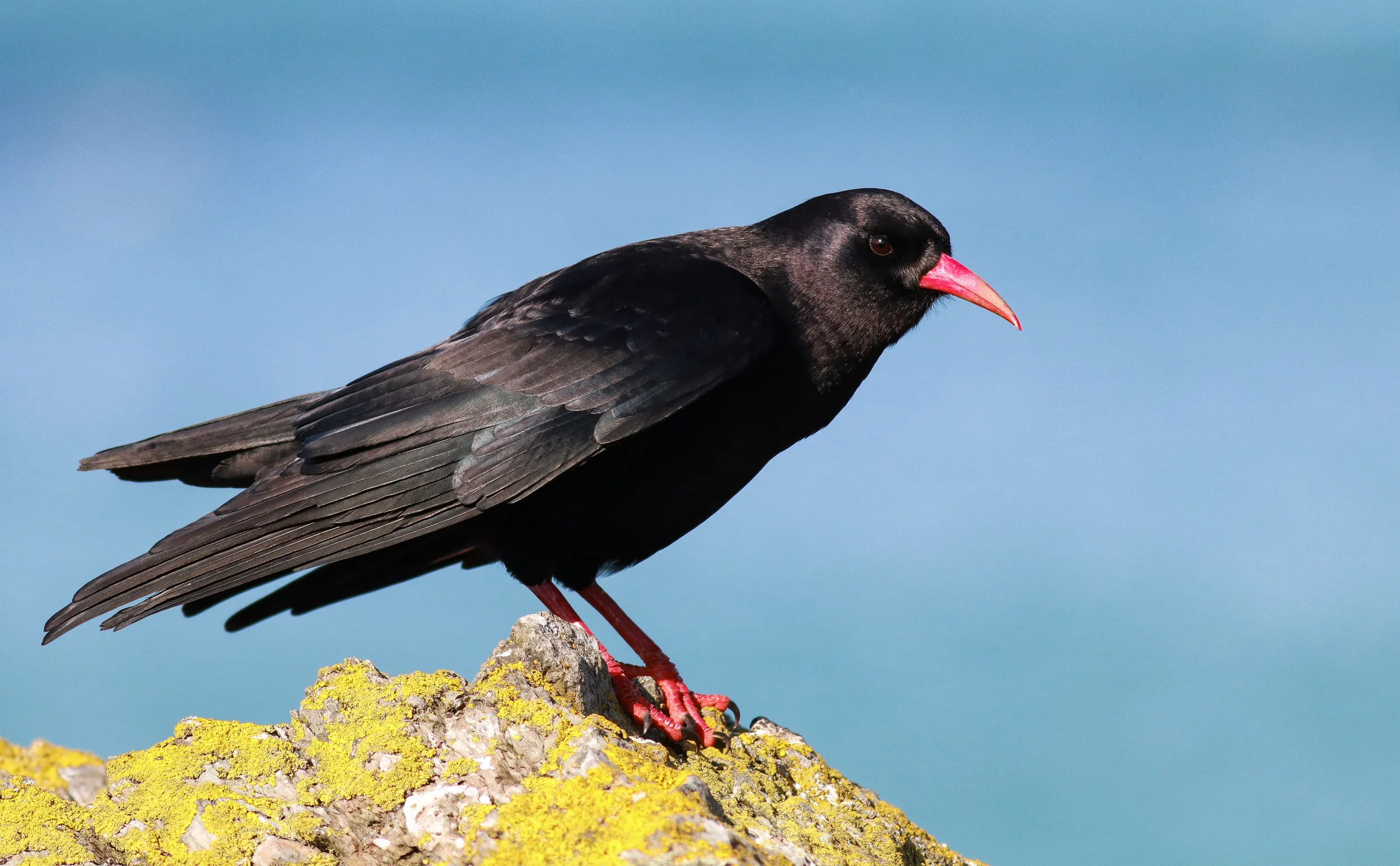
Cirl Buntings
The Cirl Bunting is the UK’s rarest resident farmland bird, found mainly in south Devon. In the 1930s, Cirl Buntings were widespread in southern England but by 1989, there were only about 120 pairs left. RSPB research discovered that changes in land management had reduced food and nest site availability.
The RSPB lobbied hard for a special management prescription for the Cirl Bunting and in 1992, it was introduced as an option in the Countryside Stewardship Scheme (CSS). This has encouraged many landowners to provide the weedy stubbles which are vital for the birds’ winter survival. Since 1993, a dedicated RSPB project officer has worked with landowners to help them farm in Cirl Bunting-friendly ways.
Research published in 2008 showed that Cirl Buntings increased by 146% on farms that were part of the CSS compared with only 56% on areas that were not. By 2016, the population had recovered to over 1,000 pairs. Things are brighter for Cirl Buntings than 25 years ago, but there are still big challenges. To secure a long-term future, wide-ranging changes in farming policy are needed.
.jpg)
Hen Harriers
Known for its spectacular skydancing flight, the Hen Harrier is one of the UK’s most threatened birds of prey. Breeding Hen Harriers disappeared from mainland Britain by 1900. Numbers have risen since then, but they remain well below what the available habitat suggests there should be.
Though not a main part of their diet, Hen Harriers can hunt Red Grouse, which are highly valued as a game bird. In recent decades, Hen Harrier numbers have fallen in areas where moorland is managed for driven grouse shooting. Although Hen Harriers are protected by law, wildlife crime linked to driven grouse shooting is holding back their recovery. The RSPB is calling for licensing of driven grouse shooting to further protect them.
We’re also involved in a number of projects and partnerships including satellite-tagging of juveniles to threats to Hen Harriers and ensure their future.
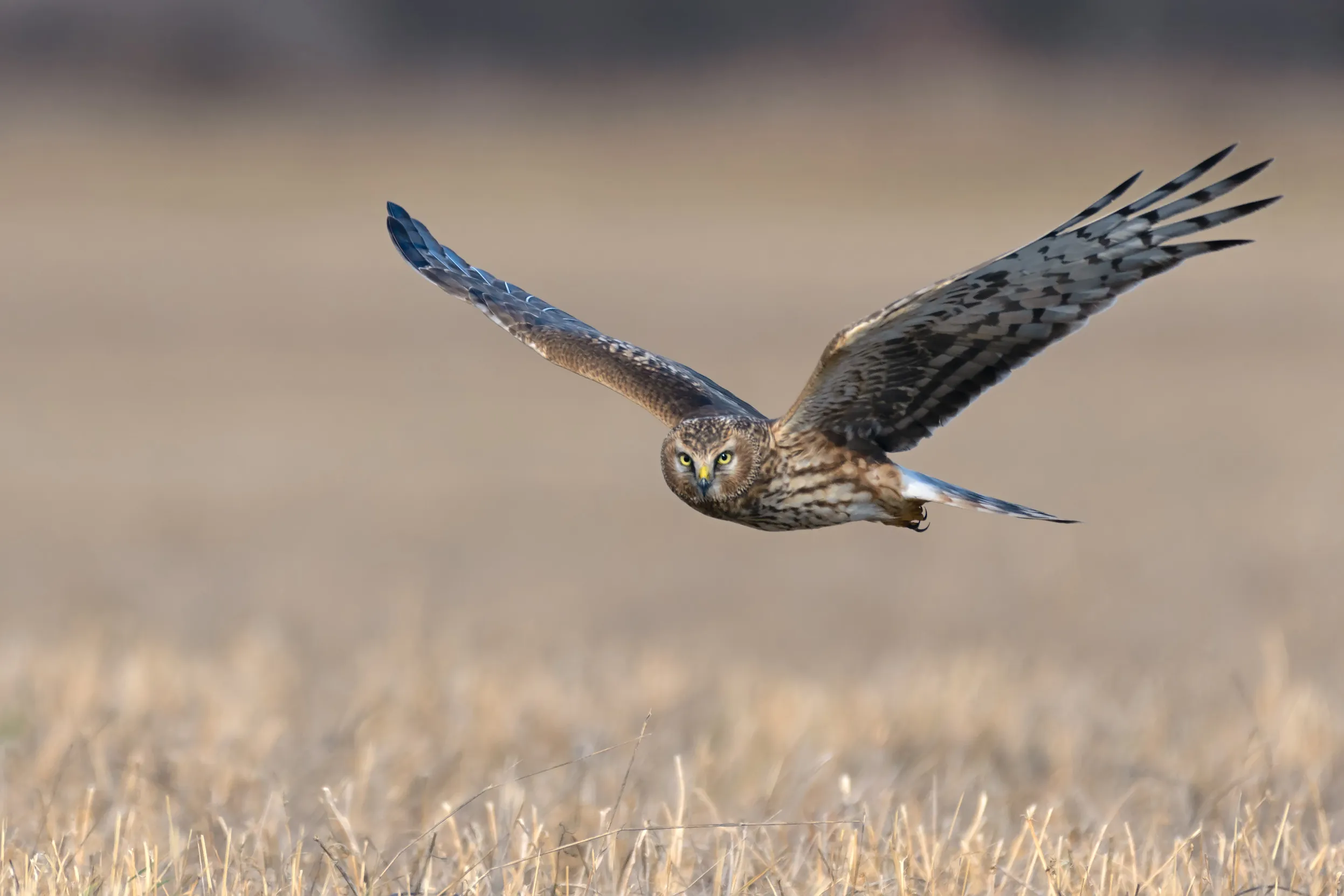
Ospreys
The Osprey is a magnificent bird of prey, with a wingspan of more than 1.5 meters. It's one of the only birds of prey in the UK that specialises in catching fish. Ospreys were persecuted to extinction in the UK during the 1800s.
In the 1950s, birds migrating to Scandinavia began to turn up in Scotland, and the first confirmed breeding was in 1954. In 1958, the birds began breeding at the now famous Loch Garten site in Strathspey, where the RSPB set up Operation Osprey – a 24-hour protection watch. Ospreys have returned and bred successfully at this site nearly every year since. The RSPB bought the Loch Garten site specifically for Osprey conservation.
There are now around 250 nesting Osprey pairs in Britain. While they still face threats in the form of habitat destruction and environmental pollution, the future for Ospreys in the UK looks good. They have benefited ecotourism in a number of places, including thousands of people who visit RSPB Loch Garten every summer to see them.
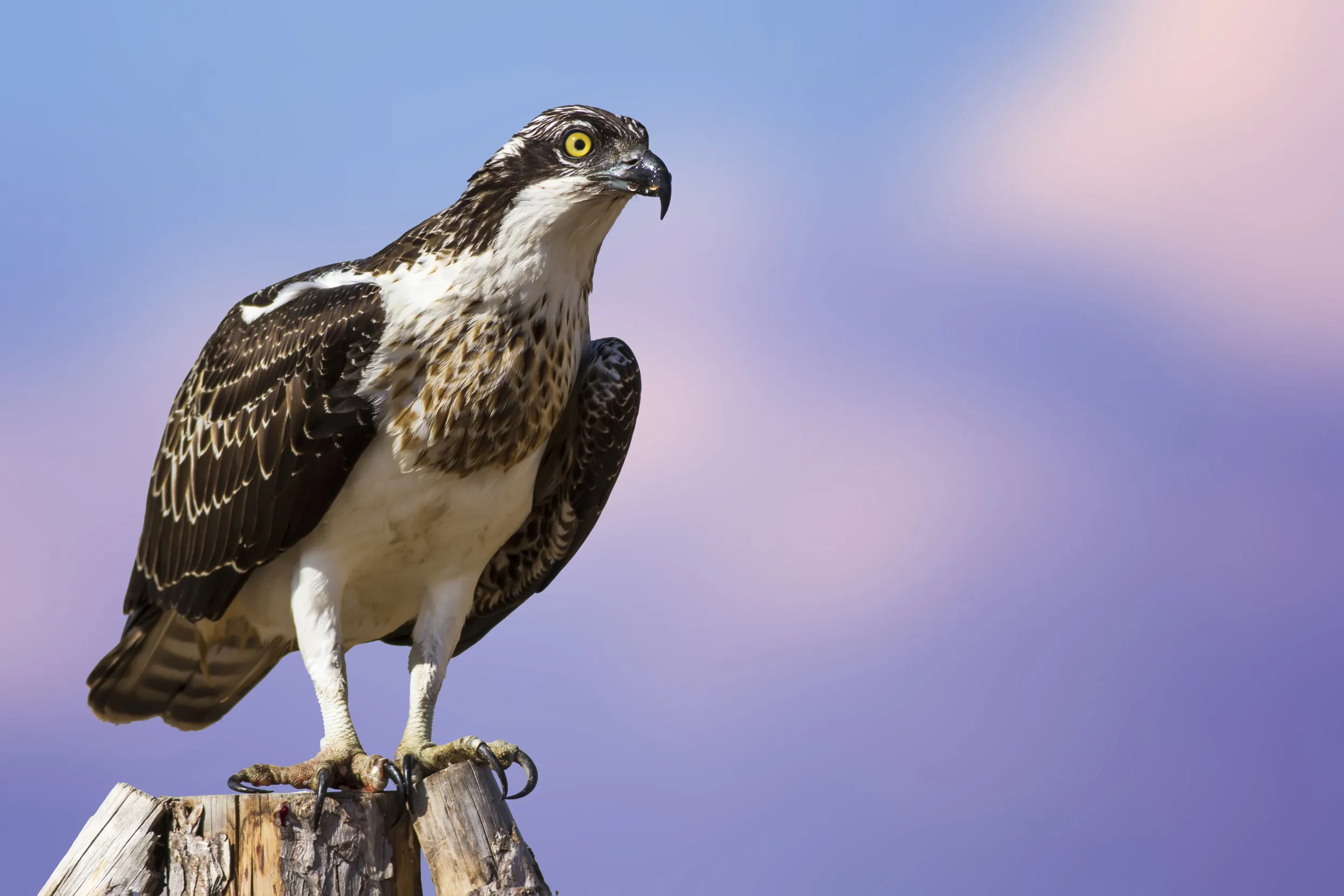
White-tailed Eagles
White-tailed Eagles became extinct in the UK in the 20th century. Successful reintroduction projects mean that there are now more than 150 territorial pairs in Scotland The RSPB has been involved with White-tailed Eagle reintroduction work since the 1970s.
In partnership with the police and local communities, we have raised awareness and helped reduce the impact of White-tailed Eagle egg theft. We have also liaised with farmers and crofters to address concerns around White-tailed Eagles allegedly taking lambs. The re-established population on the west coast of Scotland is increasing and, with plenty more suitable habitat, there’s space for White-tailed Eagles to spread their wings.
As the reintroduced population in Scotland is doing so well, RSPB is not prioritising further releases. Other organisations are working to establish breeding populations, for example in England, and we support these initiatives. We believe that any moving of birds must be undertaken legally, follow best practice international guidelines, and have the support of people in both the donor (where the birds are coming from) and release (where the birds are going to) areas.
